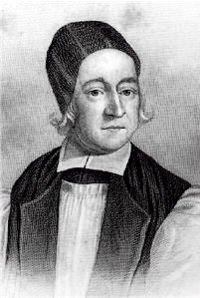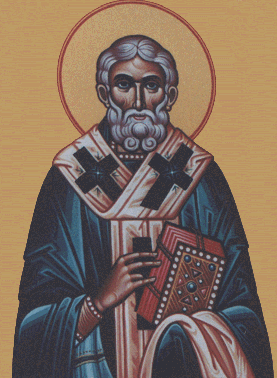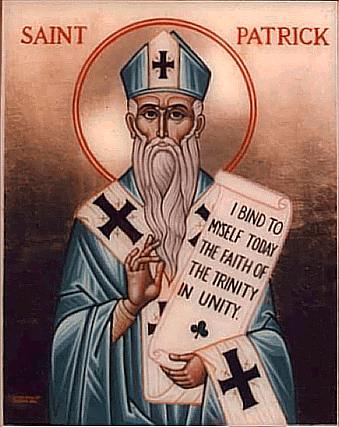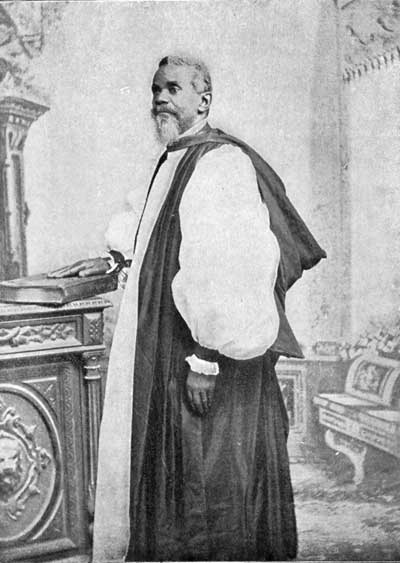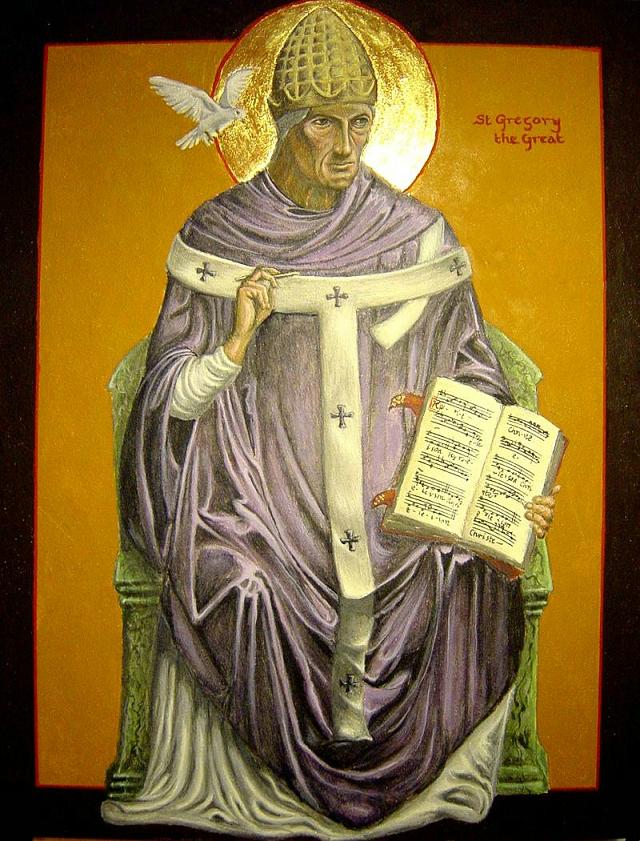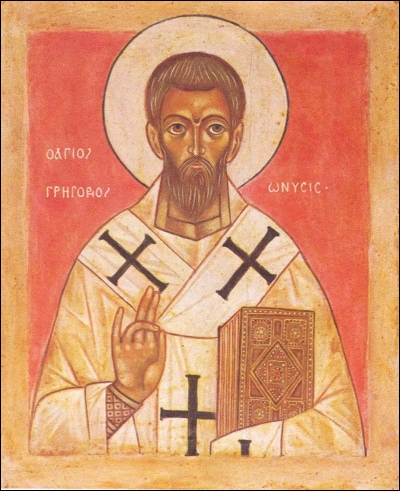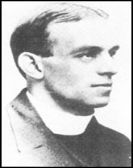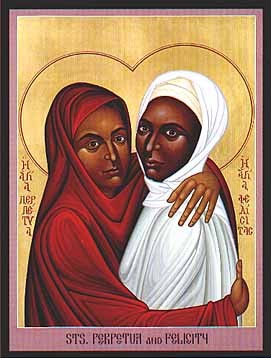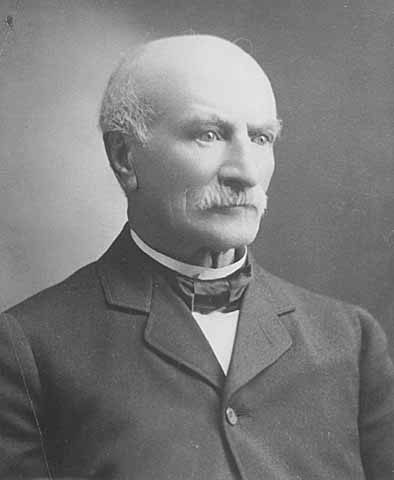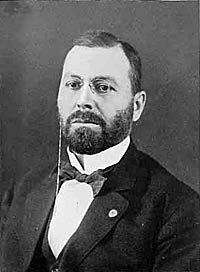Welcome to the Holy Women, Holy Men blog! We invite you to read about this commemoration, use the collect and lessons in prayer, whether individually or in corporate worship, then tell us what you think. For more information about this project, click here.
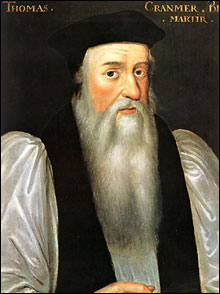
Thomas Cranmer was the principal figure of the English Reformation and was primarily responsible for the first Book of Common Prayer of 1549 and for its first revision in 1552.
Cranmer was born in Nottinghamshire on July 2, 1489. At fourteen he entered Jesus College, Cambridge, where by 1514 he had obtained his B.A. and M.A. degrees and a Fellowship. In 1526 he became a Doctor of Divinity, a lecturer in his college, and examiner in the University. During his years at Cambridge, he diligently studied the Bible and the new doctrines emanating from the continental Reformation.
A chance meeting with King Henry VIII at Waltham Abbey in 1529 led to Cranmer’s involvement in the “King’s Affair” – the annulment of Henry’s marriage to Catherine of Aragon. Cranmer prepared the King’s defense and presented it to the universities in England and Germany, and to Rome. While in Germany, Cranmer associated with the Lutheran reformers, especially with Andreas Osiander, whose daughter he married. When Archbishop Warham died, the King obtained papal confirmation of Cranmer’s appointment to the See of Canterbury, and he was consecrated on March 30, 1533. Among his earliest acts was to declare the King’s marriage null and void. He then validated the King’s marriage to Anne Boleyn. Her child, the future Queen Elizabeth I, was Cranmer’s godchild.
During the reign of Edward VI, Cranmer had a free hand in reforming the worship, doctrine, and practice of the Church. But at Edward’s death he unfortunately subscribed to the dying King’s will that the succession should go to Lady Jane Grey. For this, and also for his reforming work, he was arrested, deprived, and degraded by Queen Mary I, daughter of Henry VIII by Catherine, and a staunch Roman Catholic. He was burned at the stake on March 21, 1556.
Cranmer wrote two recantations during his imprisonment, but in the end he denied his recantations, and died heroically, saying, “Forasmuch as my hand offended in writing contrary to my heart, there my hand shall first be punished; for if I may come to the fire, it shall first be burned.”
Collects
I Merciful God, who through the work of Thomas Cranmer didst renew the worship of thy Church by restoring the language of the people, and through whose death didst reveal thy power in human weakness: Grant that by thy grace we may always worship thee in spirit and in truth; through Jesus Christ, our only Mediator and Advocate, who liveth and reigneth with thee and the Holy Spirit, one God, for ever and ever. Amen.
II Merciful God, through the work of Thomas Cranmer you renewed the worship of your Church by restoring the language of the people, and through his death you revealed your power in human weakness: Grant that by your grace we may always worship you in spirit and in truth; through Jesus Christ, our only Mediator and Advocate, who lives and reigns with you and the Holy Spirit, one God, for ever and ever. Amen.
Lessons
1 Kings 8:54-62
Romans 11:13-24
Luke 2:25-35
Psalm 119:73-80
Preface of God the Son
From Holy, Women, Holy Men: Celebrating the Saints © 2010 by The Church Pension Fund. Used by permission.
* * *
We invite your reflections about this commemoration and its suitability for the official calendar and worship of The Episcopal Church. How did this person’s life witness to the Gospel? How does this person inspire us in Christian life today?
To post a comment, your first and last name and email address are required. Your name will be published; your email address will not. The first time you post, a moderator will need to approve your submission; after that, your comments will appear instantly.
